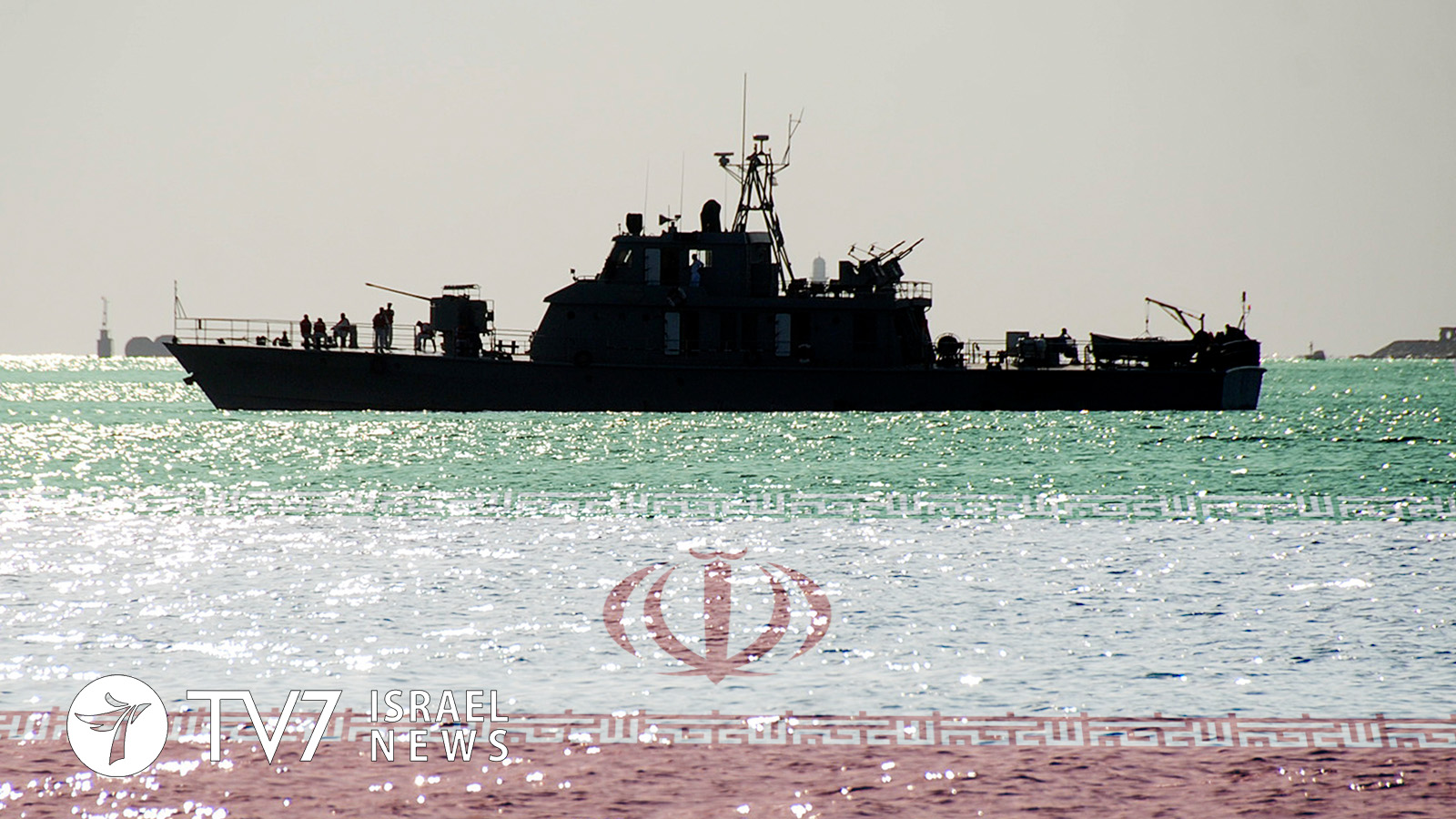The Iranian military has released video of its major two-day missile exercise in the Gulf of Oman and Indian Ocean, amid rising tensions in the region during the final week of the administration of United States President Donald Trump.
The major drill by Iranian Naval Forces, code-named Eqtedar-99 (meaning “power” in Farsi), was attended by top military officials including Chief of Army Staff General Hossein Baqeri.
Activity was launched with the formal handover of a forward base ship Makran and a missile-launching frigate Zereh to Iran’s Navy.
The Makran was converted from an oil tanker into what Iranian officials claim is the biggest logistics vessel in the Middle East. It has a reported length of 230 meters (755 feet) and said to be capable of carrying six to seven helicopters. It can also be deployed for anti-submarine, anti-mine and special operations in the waters of the Persian Gulf, according to local media.
The Zereh missile-launching warship, known for its maneuverability and speed, has been described as one of Iran’s powerful vessels equipped with advanced missiles and artillery.
Iranian video shot at an unspecified location showed missiles launched from land and sea striking designated targets, including underwater.
The 13-14 January drill came just days after the Islamic Revolutionary Guard Corps (IRGC) held a week-long naval parade in the Persian Gulf boasting some 700 vessels. The event was followed by the IRGC unveiling of an underground anti-ship missile base along the shores of the Persian Gulf in the Hormozgan Province.
IRGC Chief Gen. Hossein Salami said during the ceremony that the base will “protect the country’s integrity and sovereignty.”
The Islamic Republic boasts one of the biggest missile programs in the Middle East, regarding its arsenal as an important deterrent and retaliatory force against US or other adversaries in the event of war.
Israel and the West condemn the Iranian weapons systems as a possible delivery mechanism for nuclear weapons, as well as a conventional military threat to regional stability.
There have been periodic confrontations between US and Iranian naval forces in the Gulf, where Tehran holds annual exercises to display the Islamic Republic’s military might to confront “foreign threats.”
Hostilities between Iran and the US have been particularly high in recent weeks.
Washington dispatched a range of warships and an aircraft carrier to the Persian Gulf as speculation spiked over concern of possible Iranian retaliation for the assassination of IRGC Qud’s commander Qassem Soleimani on the first anniversary of his death, as well as for the 27 November 2020 killing of top nuclear scientist Mohsen Fakhrizadeh.
Additionally, last week the IRGC seized the South Korean-flagged Hankuk Chemi tanker in the Persian Gulf and detained its crew amid deteriorating relations between Tehran and Seoul over Iranian funds frozen in South Korean banks due to US sanctions.
Both Israel and the United States have been ramping up pressure on the Islamic Republic in the waning days of the Trump Administration.
